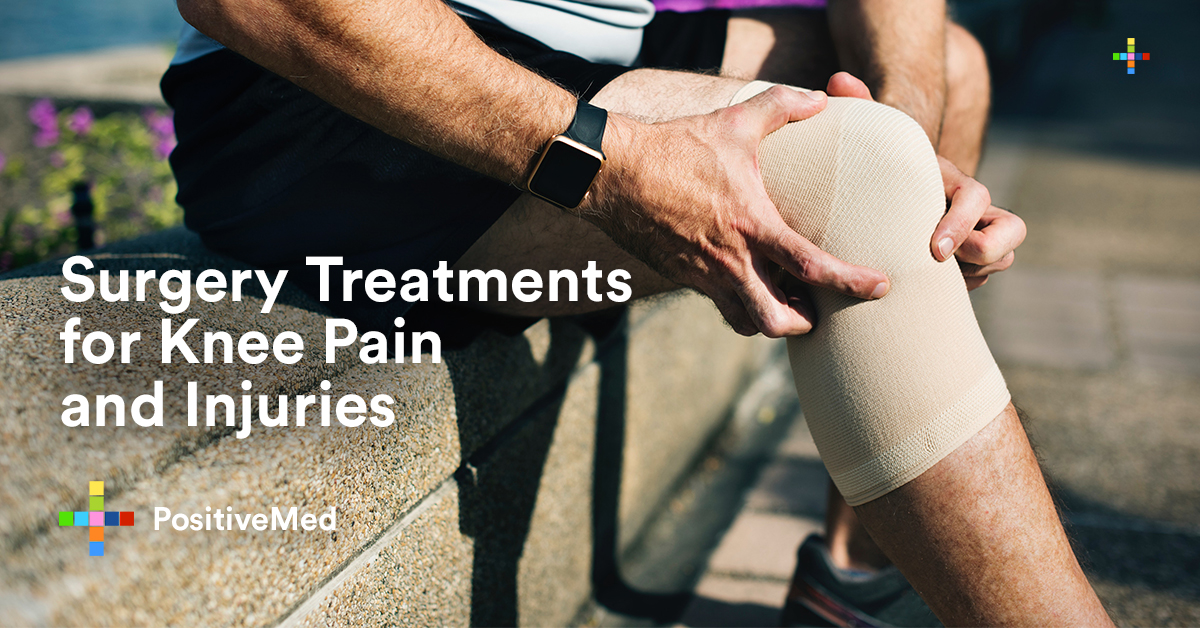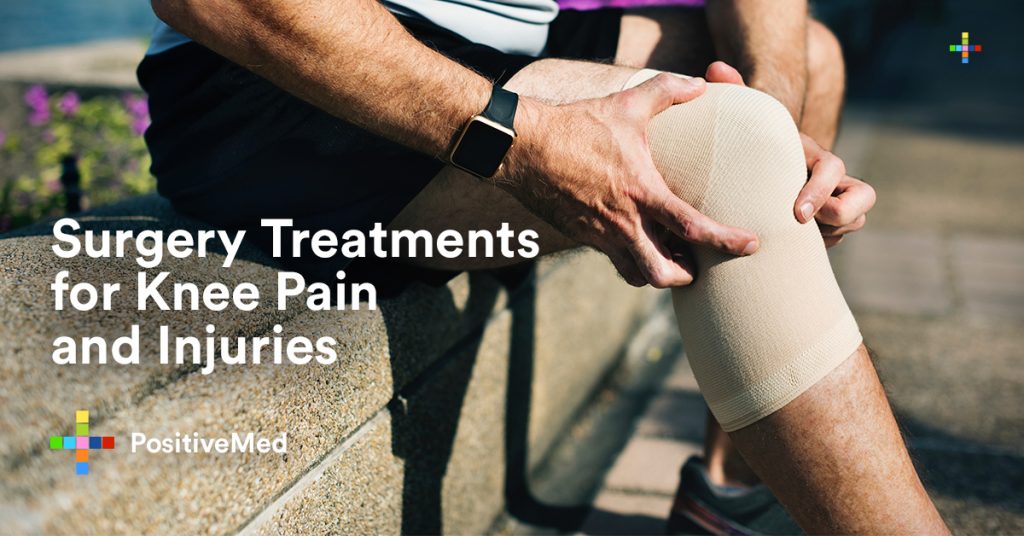The knee happens to be the most complex and the largest joint in your body. It is the primary method of supporting your weight and also connects the thigh with the rest of the leg. This makes the knee vulnerable to multiple of various conditions and injuries and make knee pain a common problem people have.
This leads to numerous types of knee surgery, which requires treatment. The extent of the knee surgery depends on the part of the knee that needs treatment and also the type of repair needs to be conducted. Here are some of the common types of knee surgery that are mostly used for treatment from a micro-fracture to a torn anterior cruciate ligament (ACL) surgery.

Meniscus Repair
In most cases of damage caused by meniscus, it is likely to repair your cartilage than remove it completely. Meniscus repair is beneficial to the patient, unlike complete removal since it minimizes the risk of developing arthritis later in your lifetime.
The repair surgery is possible only when your tear is on the outer portion of the meniscus. If meniscus is on the central area of the cartilage, it will not heal by itself after repair. This is due to lack of sufficient blood supply to your knee.
Meniscectomy Knee Surgery
Meniscectomy knee surgery is used when a portion of your knee cartilage is damaged. It is commonly known as the meniscus, which normally involved in causing swelling, pain and difficulty in movement.
The most common form of meniscectomy surgery is arthroscopy. In this surgery, small incisions are made around the knee for the insertion of a small camera. However, several instruments are needed to remove meniscus damage safely.
Plica surgery
Plica is a tissue in the knee that is highly susceptible to injury. An injury on the plica is known as “plica syndrome”, which can be treated using non-surgical or surgical methods.
The main goal for treating the plica syndrome is to minimize inflammation. However, in more extreme cases arthroscopic surgery is also necessary.
Meniscus transplant
Meniscus transplant is another form of the knee surgery for a damaged meniscus, which also uses arthroscopy. For this specific category of the knee surgery, a damaged meniscus is replaced with cartilage from a recognized donor. This method is beneficial to the patient because it minimizes the risk of arthritis in future and also pain on the knee.
Tendon repair
The quadriceps and patellar tendon might rupture, causing issues with leg movement and flexibility. It is caused when straightening out one leg completely. These two tendons are placed in the front portion of your knee that is above and below the kneecap.
Tendon rupture normally occurs due to a direct blow or a fall causing both or one tendons to tear out. Surgical repair is necessary for more serious injuries to the quadriceps and patellar tendons.
Lateral release
A lateral release is a form of knee surgery that is specifically used to alleviate pain in your kneecap. It is caused when the kneecap is abnormally pulled to the outer of the groove. Nevertheless, to realign the kneecap arthroscopic procedure is required.
Unicompartmental knee replacement
Unicompatmental knee replacement is also known as partial knee replacement. It is only conducted to a small percentage of the patients who have been diagnosed with osteoarthritis. This procedure is only limited to just one area of your knee.
The technique requires damaged portion of your knee to be replaced with plastic and metal components. However, there are some benefits of partial knee replacement against a full knee replacement. They include:
Small incision.
Less loss of blood.
Less complicated procedure.
Faster recovery.
Feels more natural since only a portion of the knee is artificial.
Full knee replacement
If you are suffering from severe arthritis in your knees, you require a full knee replacement rather than a partial knee replacement. Normally, a physician can assist you with the appropriate selection of artificial knee replacement.
ACL Reconstructive surgery
A torn ACL is an injury found in the anterior cruciate ligament. It is one of the main injuries that affect athletes. The ACL is important to the knee and also stability. However, there are some patients who can function without it.
ACL reconstruction requires graft selection i.e. you need to select replacement tissue from your donor or body. Hamstring and patellar tendon are commonly used for treatment of ACL reconstructive surgery.
Micro-fracture surgery
Micro-fracture surgery is done to repair damaged cartilage. This type of knee surgery is being popularized by elite athletes. It is used to treat knee pain caused by cartilage damage, or to avoid a full or partial knee replacement.
Micro-fracture surgery is an arthroscopic procedure where small holes are made in your bone. The holes help to release cells in the bone and promote sufficient blood supply. This helps to stimulate cartilage growth to replace damaged cartilage.
Edited by: Jessa (Feb. 18, 2019)






